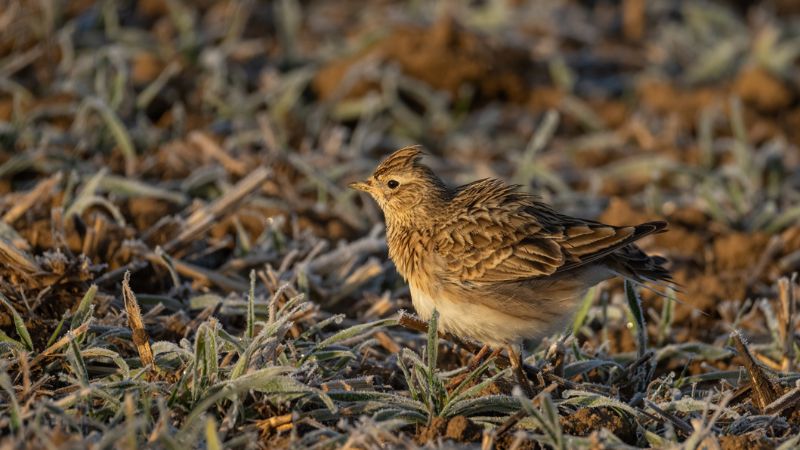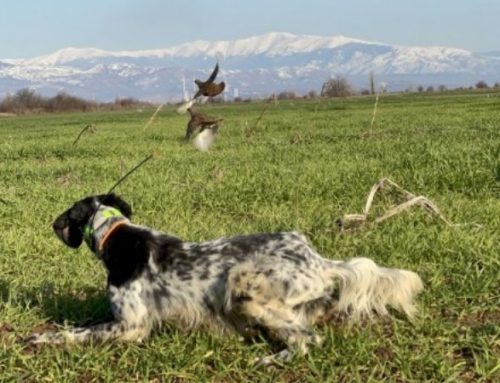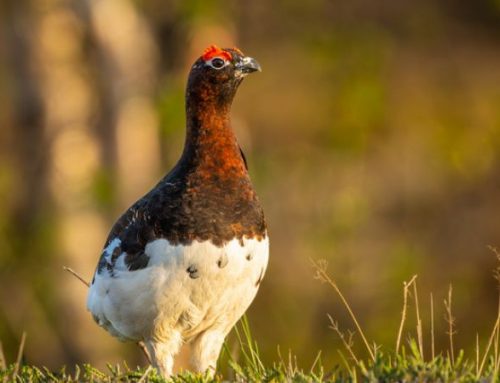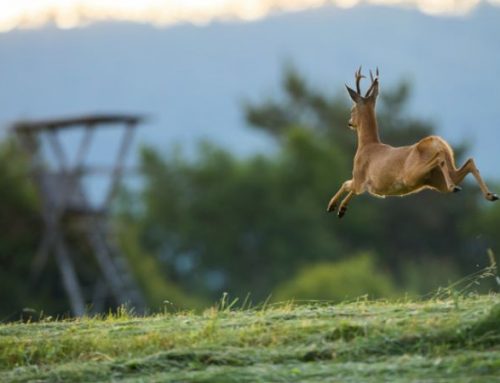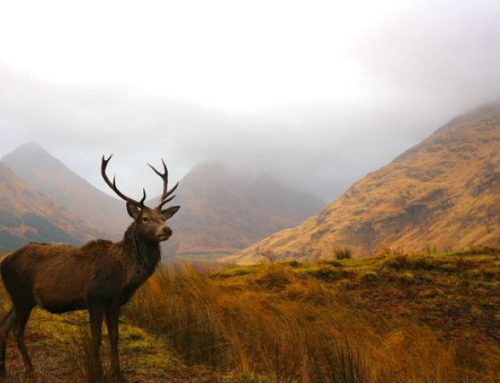In the heart of the Danubian Plain, where light meets song.
There are places that seem suspended in time, where everything moves with the slowness of a deep breath, and the modern world remains outside, far away. In these corners forgotten by chaos, the landscape becomes poetry: the morning light caresses the golden stubble, the wind dances among the poplars, and the horizon stretches until it fades into a sky that feels endless.
Brăila, in eastern Romania, is one of these places. A vast and generous agricultural region lying along the majestic course of the Danube, where the land still speaks the language of tradition and the seasons mark the rhythms of life and nature. Here, every year at the start of autumn, a small miracle takes place — quiet yet long-awaited: the migration of the lark, the delicate and poignant passage of thousands of tiny birds journeying southward.
In these countryside landscapes, among fields stripped by the harvest, waterways, and old dirt roads, a true form of hunting is still practiced—made of ancient gestures and deep respect for the game. A hunting style that is authentic, essential, and delicate. It doesn’t shout or show off, but quietly finds its way into the hearts of those who live it.
Amid the scent of damp earth and the rustle of wings in flight, lark hunting in Romania becomes something more—an experience that moves, engages, and renews. Not only for what is hunted, but for what is rediscovered: direct contact with nature, a sense of limits, and the fragile balance between humans and the wild world.
Brăila and its surroundings: a paradise for migratory birds
The Brăila region, lying on the right bank of the Danube and bordering the steppes of Bărăgan, is a perfect mosaic for birdlife. Vast cultivated plains, fallow fields, ditches, power lines, grassy meadows—and no artificial barriers to migration.
This area represents one of the most important stopovers along the Eastern migratory route, used by millions of birds every year as they travel from Northern and Eastern Europe to their wintering grounds in Mediterranean Africa. The skylark (Alauda arvensis), silent and tireless protagonist, finds everything it needs here: space, food, and tranquility.
During the autumn migration, the skies over Brăila offer a breathtaking spectacle.
At the first light of dawn, the sky comes alive with tiny silhouettes that sing, twirl, dive, or glide gently—following invisible yet ancient routes. For the hunter, every sunrise is different, unrepeatable. And every hunting opportunity becomes a tribute to that millennia-old journey.
The ideal period: between September and October, when the air smells of departure
The skylark hunting season in Romania usually begins in mid-September and extends until the end of October, with peak activity between September 25 and October 15.
During these weeks, the air becomes thinner, the days grow shorter, and the Romanian plains’ sky becomes the stage for majestic migrations. Cold, starry nights followed by calm, radiant dawns are the sign: it’s time. The flocks begin to move—and the experienced hunter senses it even before spotting the first flight.
Thanks to its geographical position and the absence of elevation, Brăila offers optimal conditions for observing and managing migratory flows.
Here, the song of the skylark suddenly stops—giving way to the sound of the wind and the quiet anticipation of the first approaching flock.
Hunting techniques and blinds on the Romanian plains
Skylark hunting in Brăila is practiced using fixed-blind techniques, with temporary hides perfectly blended into the landscape. The blinds are set up at dawn, amid the stubble fields, along the edges of cultivated land, or on the small embankments that line the irrigation canals.
The hunter, carefully positioned, uses acoustic lures and silently watches the sky. The skylarks, drawn by familiar sounds, approach in a gliding flight or circle before descending. Every shot demands readiness, precision, and respect: the skylark is small, fast, and unpredictable. And those who hunt it know well how important it is not to waste, not to disturb, not to overdo.
The soft terrain and wide visibility allow for clean shots in favorable environmental conditions.
For this reason too, Romania is one of the favorite destinations for Italian hunters in search of an authentic, effective, yet ethical migratory experience.
A complete experience: beyond hunting, the journey
Hunting in Brăila means immersing yourself in a simple, genuine world—where time slows down and every gesture takes on a different meaning. Days begin before dawn, with a warm coffee, a whispered word, and eyes fixed on the sky. Then comes the walk through the fields, setting up the blind, and listening to the silence. When the first flight arrives, tension melts into pure emotion.
In the afternoon, the return is marked by smiles and stories, as the countryside slowly falls silent again. Evenings are moments of camaraderie: enjoying local dishes, sharing the day with fellow travelers, and preparing for the next morning with renewed anticipation.
Montefeltro and the tradition of migratory hunting in Romania
For years, Montefeltro has been offering dedicated programs for skylark hunting in Romania, selecting the best hunting areas in the Brăila region and its surroundings for its clients.
Thanks to collaboration with local contacts and in-depth knowledge of the territory, Montefeltro guarantees:
-
Safe and perfectly positioned hunting blinds
-
Meticulous logistical organization
-
Accompaniment by expert Italian hunters
-
Accommodation in comfortable lodges or agritourisms, immersed in nature
-
Continuous assistance with permits, licenses, and firearms
Every trip is designed to combine hunting effectiveness, environmental respect, and a high-quality experience.
The fragile beauty of flight
Skylark hunting in Romania’s Brăila region is not just a technique or a tradition. It is a profound emotion, made of silent waits, sudden flights, eyes fixed on the sky. It is a way to rediscover the value of time, to reconnect with nature, and to live days full of meaning.
Those who have experienced it carry with them the memory of a frost-veiled dawn, the fading song in flight, and a silent field slowly awakening beneath the October sky.
An experience that goes beyond hunting: it is a journey of the soul.

